Written by
Australian Dog Lover
17:25:00
-
0
Comments
Sadly obesity in pets is as common as it is in the human population: the most recent studies from the US show that 44% of dogs there are overweight or obese! The Australian Veterinary Association believes that Australian dogs are not that far behind.
As with us, the most common reasons are too much food and too little exercise. It is just too easy to "love" our pets by giving them treats or more food, but in so many cases this is quite the wrong thing to do.
I think it is fair to say that most dogs love their food. Just because they love it, is not a good reason to keep feeding them. Friends of ours have a Labrador and her all time record was convincing four family members that no one had fed her that night, resulting in four dinners, and she was still looking for more!
Certainly some breeds are more keen on their food than others, but we have to be their self-control, because they will just keep eating.
So how do you judge if your dog is overweight?
I am often asked this by my clients, who want me to look at the reading on the scales rather than at the dog itself.
Don't get me wrong, I think it is really important to know the weight of your dog and to keep recording it, so you can judge how you are both going.
The important thing is to determine what is the correct weight for your individual dog. There are lots of breed charts around that can give you an idea of what a dog of a particular breed and sex should weigh, but it is a bit like saying how much should a person weigh, without looking at their build.
The starting point is to get down and give your dog a good cuddle (something they would rather you did than feed them anyway!); have a good feel over their rib cage.
Can you feel their ribs? (Really feel them?) if you can't, then your dog is overweight. There is nothing over the rib cage of a dog other than skin and perhaps fat. It is the same for men - just look at the swimmers on the blocks at the Olympics. Those guys have pumped every muscle to the max, but you can see every rib.
So now we know that if the ribs are not easily felt, your pet is carrying excess fat. Most dogs should have a "waist" as well - their bodies should taper in behind the rib cage. Too many have the "love handles" where we can carry extra weight. In fact, clients often ask me if their dog has a growth - and yet it is a solid pad of fat on each side.
Now if you have worked out that your dog is too fat, a good idea is to get a weight on your pet so you know where you are starting from and can gauge your success.
Most vets will be delighted if you pop in for a free weigh in. Get them to record the weight for you, if you like. Alternatively, you can probably weigh yourself on bathroom scales at home, then pick up the dog and subtract your weight from the total, to get your dog's weight.
So, why do we need to worry about the weight of dogs? They always love us when we feed them and always want more.The reasons are virtually identical to the hazards of obesity in humans.
The Principal Risks of Dog Obesity
#1. Reduced quality of life and reduced lifespan. We all want our dogs to live for as long and as well as possible, so why are we so intent on feeding them too much? It is conclusively shown that obesity sets us and our pets up for higher rates of cancer, and also damages so many internal organs like the liver.
#2. Increased risks of Arthritis. So many of my patients have arthritis and their owners ask what wonder drugs do they need. Certainly we have some amazing medicines that can help relieve the signs of arthritis, but without exception, reducing the weight of a pet will make an enormous difference.
#3. Increased risk of acute joint damage. Nature designed dogs to have ligaments and tendons strong enough for their bodies. If the body is too heavy, then the risk of ligament damage is vastly increased. Cruciate Ligament injuries are expensive to fix, and yet are much less likely to rupture in slim dogs.
#4. Diabetes. As in the human population, diabetes is a common and significant result of obesity. When a dog has diabetes its cells cannot absorb sugar from the blood. The cells lose their ability to absorb the blood sugar when they become insulin resistant, as a result of over feeding. The cells need energy to make them work. When the energy giving glucose cannot get into the cells, the dog will tire easily, but it will also be crying out for food, as the cells think they are starving, so the dog will eat more and pump more sugars into its blood stream trying to satisfy those starving cells.
Too much blood sugar overwhelms the kidneys and it flows into the urine drawing water with it. A diabetic dog urinates away a lot of energy rich urine, so it is both hungry and thirsty, and loses weight. You can find more information in our post on Dog Diabetes.
#5. Reduced exercise capacity. Surely one of the greatest joys of having a dog is watching it run fast and free. Overweight dogs are not just carrying more fat on the outside, they have more on the inside, too.
Think of your dog's rib age as a boney box. Inside the rib cage your dog needs to fit a beating heart and soft fluffy lungs. Overweight dogs have loads of fat inside that boney box. Something has to give, and guess what? It is the fluffy lungs that get squeezed, restricting their ability to fill with air. So not only is the overweight dog carrying more weight, but it has less capacity to absorb oxygen, slowing it down even more. As well as compressing the lungs, extra fat will compress windpipe and airways and make dogs that have airway challenges struggle to breathe even more.
 I encourage my clients to think of their dog's excess weight in terms of milk cartons. We quite often see dogs that are ten or twelve kilos or more overweight.
I encourage my clients to think of their dog's excess weight in terms of milk cartons. We quite often see dogs that are ten or twelve kilos or more overweight. I ask their owners how they would feel if they had to carry home six 2 litre milk cartons, or what they would say if they saw someone strap three 2 litre cartons into paniers on either side to make the dog carry home the milk?
Above is a photo of Tara who was 12 kilos overweight - she was carrying the equivalent of six 2 litre cartons every step she took 24/7.
What can you do if your dog is overweight?
The most important thing is to get the whole family on board. If one family member is surreptitiously feeding your dog, then all your good work will be undone.
How much should you feed your dog?
There are two simple answers - less than you are feeding at present, and almost certainly, less than the dog food manufacturer recommends. Most of the feeding guides are based on exclusive feeding of that particular diet to an active dog. Most of us give other foods to our dogs and sadly, with all the pressures on our lives, few of us walk our dogs as much as we should.
It is essential to measure your dog's food. It doesn't matter how you prefer to feed your dog. Once it is overweight, you know you need to feed it less! It might be a good time to talk to a vet about what you are feeding your dog.
Many human foods are completely unsuited to dogs and can cause obesity and other problems like pancreatitis. If you like to prepare home cooked meals, that is fine. Just remember that the things that make us fat are likely to make our dogs fat as well.
The most important thing is to measure the amount you are feeding and stick to the measure. If you like to feed dry dog foods, get a plastic cup and keep it with the dry food. Draw a line with a permanent marker on the container, and stick to that measure so you can gauge results.
I have had dozens of dogs over the years and I still don't trust myself to gauge the amount I feed them. I measure every meal. Regardless of what you feed your dog, work out how much you are feeding and then give about 75% of this as a starting point. If your dog is not losing weight after a month then reduce the amount by another 10%.
1. Don't leave food down for your dog
1. Don't leave food down for your dog
Dogs are not grazing animals. In the wild they would have run down their prey and then gorged on it, laying down fat from a large feed as insurance (emergency food supply) against the "rainy day" when there was nothing to eat. None of our pets has a "rainy day" to worry about so does not need that reserve of energy.
2. Increase your dog's exercise
2. Increase your dog's exercise
This is the part you should both love! Show how much you love them by going for regular long walks together. The bonding will be amazing and the weight will fall away more quickly. Be careful in the early stages if your dog is unfit or very overweight.
Go in the cooler parts of the day or consider swimming, which is great if there is any sense of Arthritis. There is a growing number of hydrotherapy facilities in Australia, but a swim at the beach or river, or in your pool will give a fabulous work out without stressing the joints of an overweight or unfit dog.
3. Consider one of the many different brands of "prescription diet" from your vet.
The proven technology behind these is fantastic. They really do work and your vet can often enrol your dog in a free computer recorded programme.
The research behind these diets is the opposite of the human junk food industry. It is rather alarming that food technologists in the human food industry know which ingredients make us want to eat more, and which ingredients make us feel full or satiated. The junk food industry adds those "eat more" ingredients and takes out the "I'm full" components, which is why we find it hard to resist some snacks.
Fortunately for our pets, the dog food manufacturers are doing the opposite, and have incorporated lots of the "I'm full" ingredients into the best weight loss diets. I know they cost a bit more than normal dog foods, but if they save you the cost of medicating a sick or arthritic dog you will be ahead.
Now back to Tara... I adopted her from an old man who had to go into a nursing home. She could barely hobble around and was on pain medication.
We put her on a diet and in three months she lost twelve kilos (her six 2 litre milk cartons) and runs on the beach with our other dogs, weighing a healthy 28 kilos. Oh! Yes she is not on any pain medication now either!
Fortunately for our pets, the dog food manufacturers are doing the opposite, and have incorporated lots of the "I'm full" ingredients into the best weight loss diets. I know they cost a bit more than normal dog foods, but if they save you the cost of medicating a sick or arthritic dog you will be ahead.
Now back to Tara... I adopted her from an old man who had to go into a nursing home. She could barely hobble around and was on pain medication.
We put her on a diet and in three months she lost twelve kilos (her six 2 litre milk cartons) and runs on the beach with our other dogs, weighing a healthy 28 kilos. Oh! Yes she is not on any pain medication now either!
written by Dr Gordon Heslop, February 2016 for Australian Dog Lover (all rights reserved).
About the writer
About the writer
Dr. Gordon Heslop (Bachelor of Veterinary Medicine. Member of the Royal College of Veterinary Surgeons. B.Vet. Med., M.R.C.V.S.) qualified as a vet from the Royal Veterinary College and after five years in practice in the UK he migrated to Australia.
He now owns two veterinary hospitals in Sydney. Gordon has special interests in surgery and medicine in dogs and cats, and also in communicating veterinary matters to pet owners. He is a great believer in demystifying science, making it understandable to dog and cat owners.
He was the resident Vet on the Channel 10 morning TV show. Gordon has been a vet for over 35 years and happily embraces every day at work and all the new challenges that each day brings.


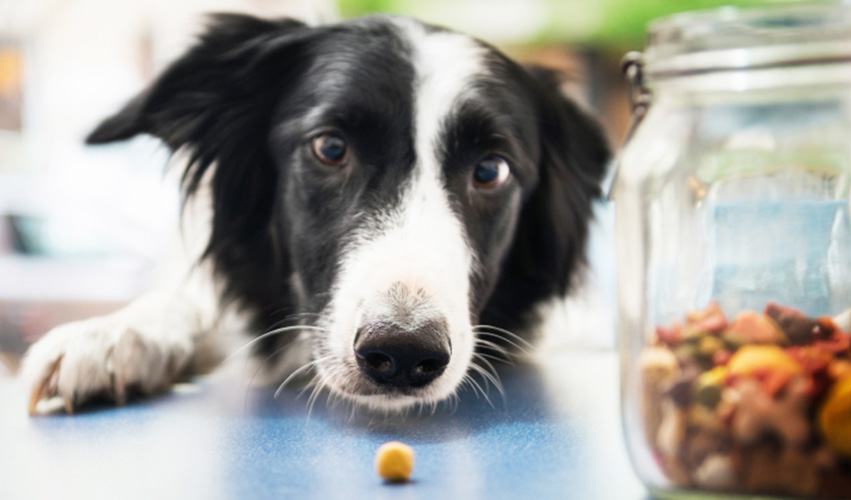
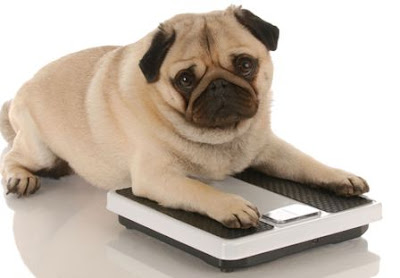
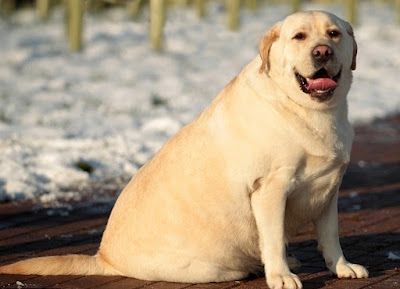

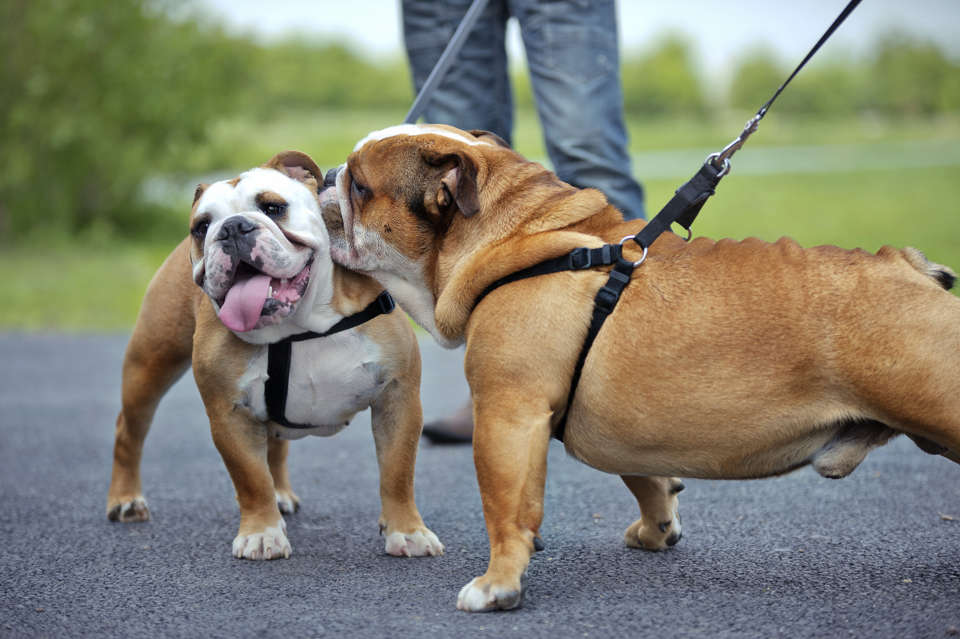

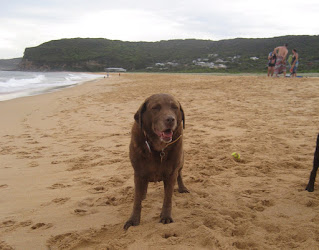





No comments
Post a Comment